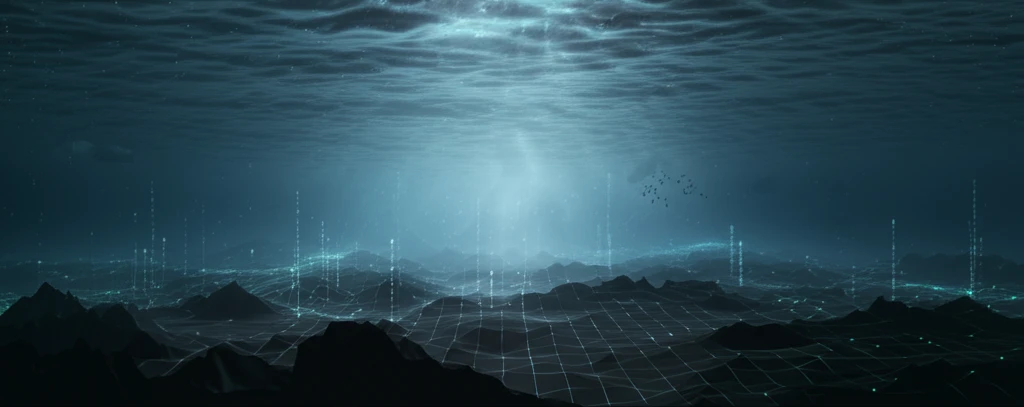
Unlock the Secrets of Submerged Landscapes: Choosing the Right Interpolation Technique
"IDW vs. Kriging: A Comprehensive Guide to Mapping Bathymetric Surfaces for Accurate Underwater Modeling"
Understanding the topography beneath the water's surface is crucial for a wide range of applications, from coastal management and infrastructure development to environmental monitoring and resource exploration. Bathymetric surveys provide the raw data, but turning that data into a usable model requires sophisticated interpolation techniques. These techniques estimate the depth at locations where no direct measurements were taken, creating a continuous surface that represents the underwater terrain.
Choosing the right interpolation method is paramount. The accuracy and reliability of your underwater models depend heavily on this choice. Different methods have their own strengths and weaknesses, and the best option will vary depending on the characteristics of your data and the specific goals of your project.
This article dives into a comparison of two popular interpolation methods: Inverse Distance Weighted (IDW) and Kriging. We'll explore how they work, their advantages and disadvantages, and provide guidance on when to use each technique to create the most accurate bathymetric surface.
IDW and Kriging: What's the Difference?

Both Inverse Distance Weighted (IDW) and Kriging are used to estimate values at unsampled locations based on the values of nearby sampled points. However, they differ significantly in their approach.
- Simplicity: IDW is easy to understand and implement.
- Speed: It's computationally fast, making it suitable for large datasets.
- Limited Accuracy: IDW doesn't account for the spatial autocorrelation in the data, which can lead to inaccuracies.
- Sensitivity to Outliers: Outliers can have a significant impact on the interpolated surface.
Making the Right Choice
The choice between IDW and Kriging depends on the specific requirements of your project. If speed and simplicity are paramount, and you have a dense and relatively clean dataset, IDW may be sufficient. However, if accuracy is critical, and you need to account for spatial autocorrelation and minimize estimation errors, Kriging is the superior choice. Remember to always validate your results using cross-validation techniques to ensure the reliability of your interpolated surface.
